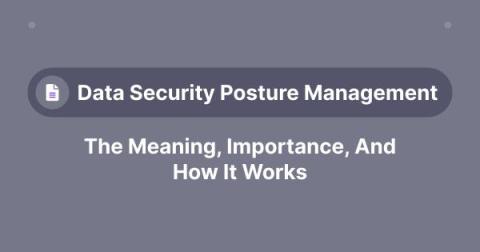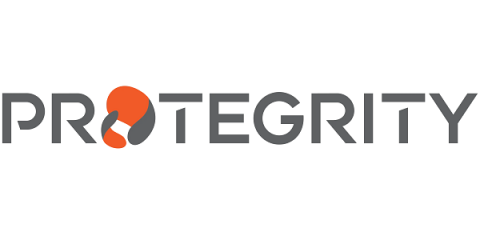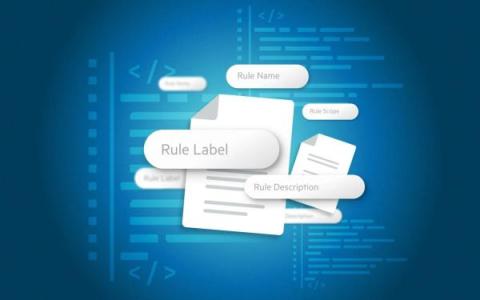Best Practices to Address SharePoint Security Concerns
Modern enterprises are increasingly relying on cloud collaboration to enhance their business productivity, efficiency, and communication. While these cloud-based solutions offer numerous benefits, they also come with a range of potential security risks. Among these risks, enterprise SharePoint security concerns are some of the most significant. It is essential to adopt best practices that can mitigate these risks and safeguard your organization’s valuable data and assets.









